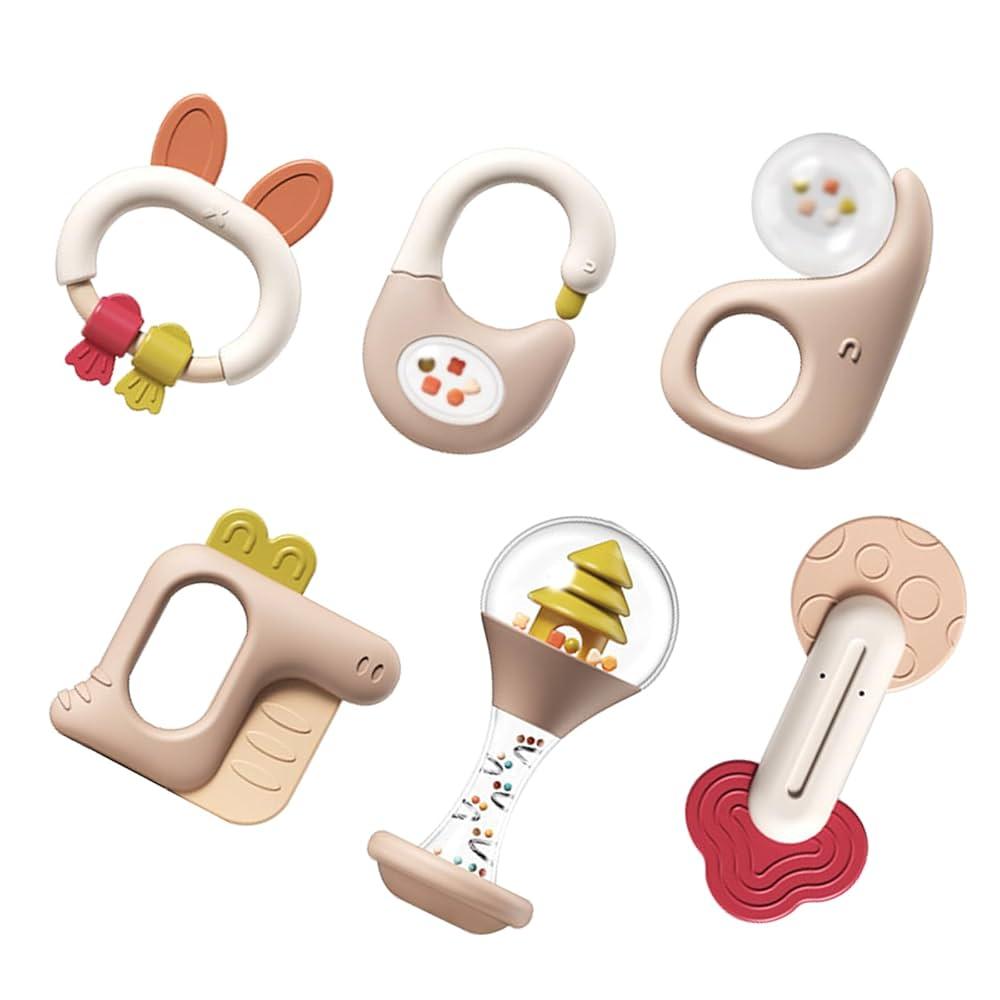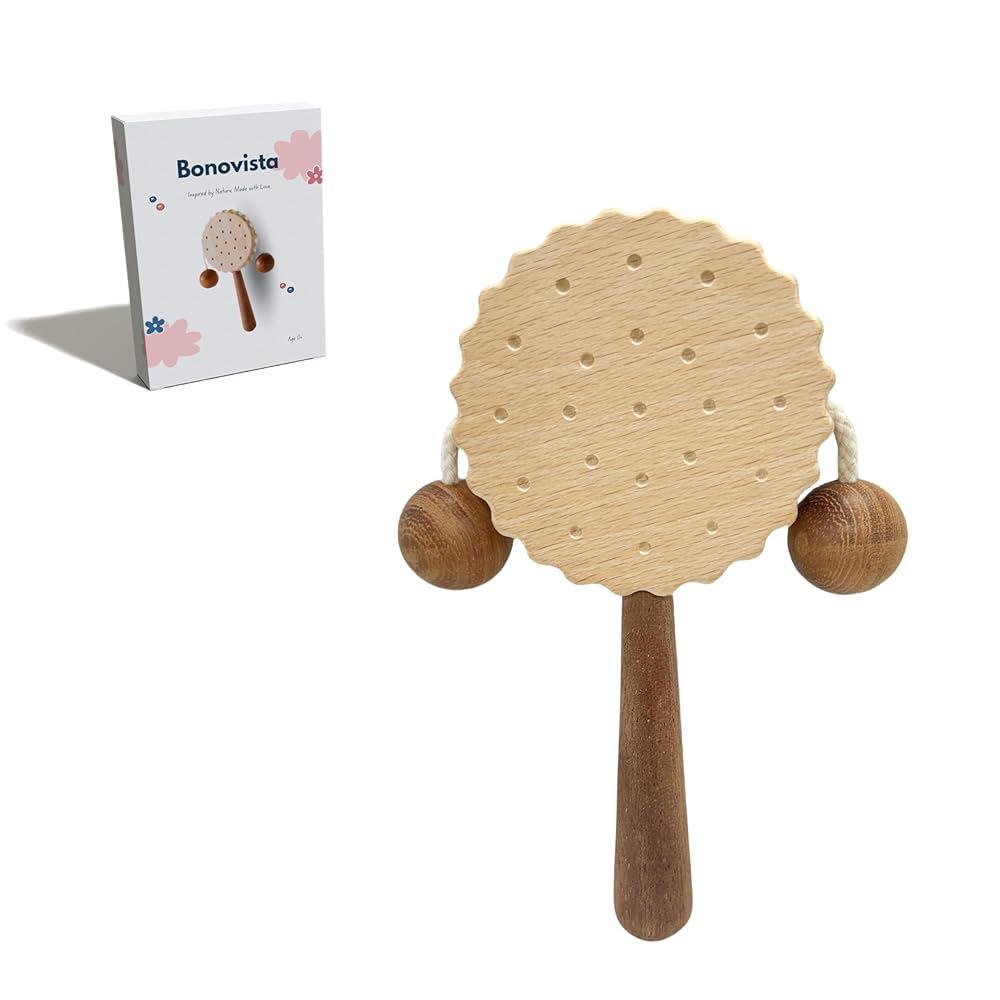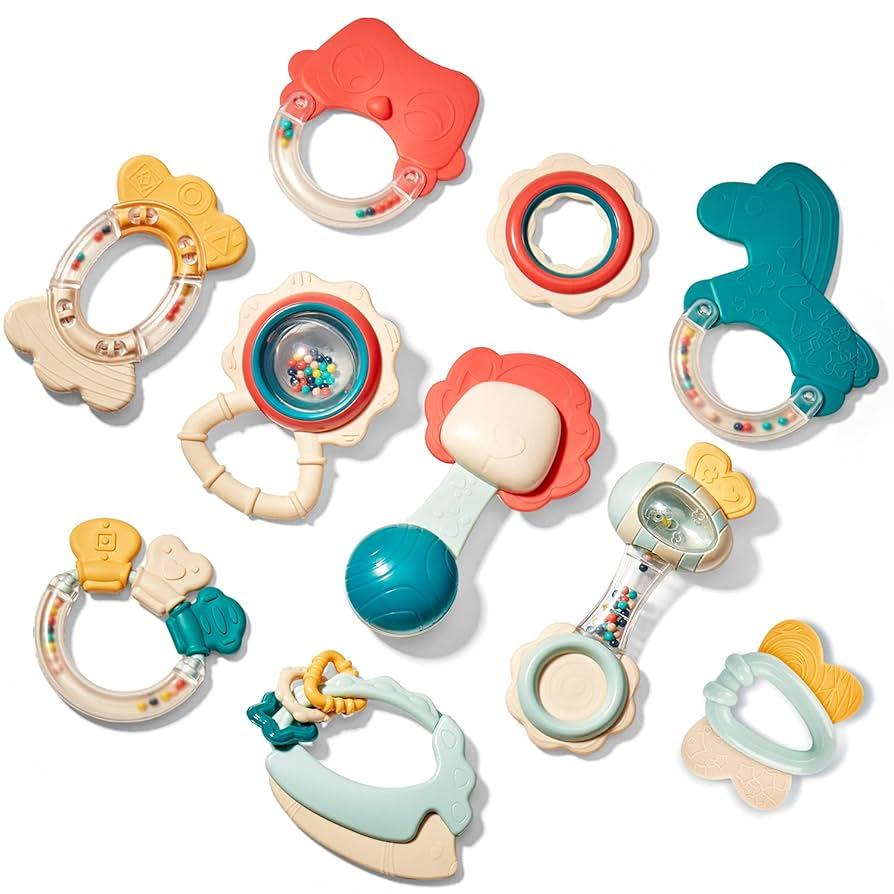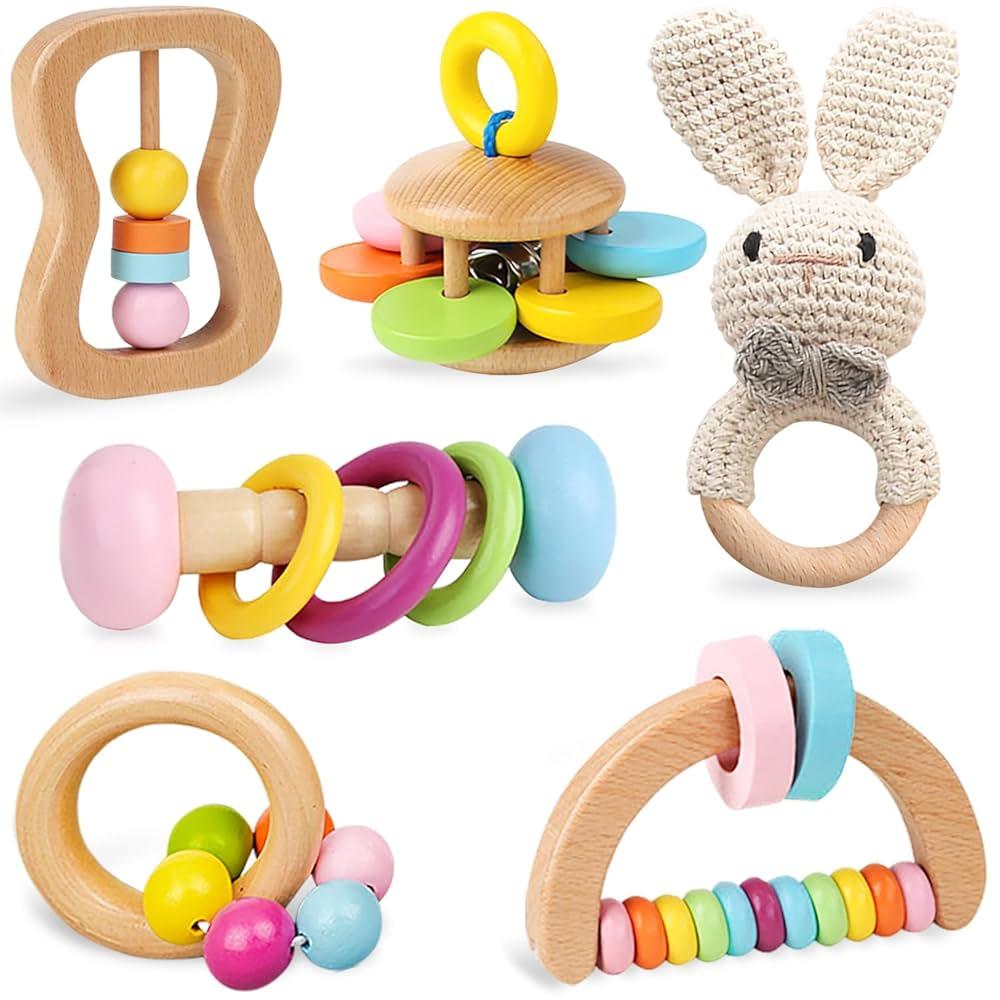In the vibrant world of childhood, where curiosity blooms with every tiny grasp and shake, rattle toys stand as timeless companions. These simple instruments of joy do more than captivate little hands-they engage developing senses and spark early learning. Yet, as parents and caregivers seek the best for their children, the composition of these beloved rattles gains paramount importance. Enter the realm of rattle toys crafted from non-toxic materials-a thoughtful fusion of safety and play. This article delves into how these carefully designed toys nurture young explorers, offering peace of mind alongside endless delight.
Understanding the Importance of Non-Toxic Materials in Rattle Toys
When selecting rattle toys for infants, the choice of material is more than just a design decision-it’s a critical factor that influences health and safety. Non-toxic materials eliminate the risk of harmful chemical exposure, which is especially important since babies tend to explore toys with their mouths. Using BPA-free plastics, organic cotton, and food-grade silicone ensures that parents can provide safe and durable playthings that contribute to a worry-free early developmental environment.
Safe materials foster trust and wellbeing:
- Reduce the risk of allergies and skin irritations
- Resist degradation, preventing microplastic release
- Support sustainability through eco-friendly sourcing
- Encourage sensory exploration without safety compromises
| Material | Key Benefit | Common Use |
|---|---|---|
| Food-grade Silicone | Non-toxic, flexible, easy to clean | Teethers and rattles |
| Organic Cotton | Hypoallergenic, soft texture | Plush rattles and fabric elements |
| Natural Wood | Durable and biodegradable | Classic rattles and teething rings |

Key Ingredients to Look for When Choosing Safe Rattle Toys
When selecting rattle toys for your little one, prioritizing non-toxic materials is essential to ensure their safety and health. Look for rattles made from organic cotton, BPA-free plastics, or natural wood finished with food-grade paints or oils. These materials minimize exposure to harmful chemicals like phthalates, lead, or formaldehyde, which can be especially dangerous when babies put toys in their mouths. Additionally, opting for toys certified by reputable safety organizations gives added peace of mind that manufacturing processes adhere to strict safety standards.
Beyond material safety, durability and design play a crucial role in safe play. Avoid rattles with small detachable parts that could cause choking hazards, and seek out ergonomic shapes that comfortably fit little hands. The table below highlights some common materials and their safety benefits, making it easier for you to pick the perfect non-toxic rattle:
| Material | Safety Benefits | Additional Features |
|---|---|---|
| Organic Cotton | Hypoallergenic, free from pesticides and synthetic chemicals | Soft texture, machine washable |
| BPA-Free Plastic | Non-toxic, durable, easy to clean | Lightweight, vibrant colors |
| Natural Wood | Biodegradable, chemical-free finishes | Sturdy feel, natural scent |

Top Brands Leading the Way in Non-Toxic Rattle Toy Manufacturing
When it comes to choosing rattle toys that are safe for infants, several brands have distinguished themselves through their unwavering commitment to non-toxic manufacturing. Boon stands out with its use of BPA-free plastics and phthalate-free materials, ensuring every sensory experience is not only fun but also safe. Similarly, Green Toys embraces eco-friendly, recycled materials without compromising on quality or safety, offering products that are both gentle on babies and the environment. These brands prioritize rigorous testing and compliance with international safety standards, making them trusted names among conscientious parents.
- PlanToys: Sustainable wood sourced from rubber trees, finished with natural dyes.
- Janod: European craftsmanship utilizing non-toxic paints and varnishes.
- Hape: Known for biodegradable packaging along with toxin-free products.
| Brand | Material | Certification | Unique Feature |
|---|---|---|---|
| Boon | BPA-free plastic | ASTM F963 | Innovative shapes for grip and development |
| Green Toys | Recycled milk jugs | FDA approved | Zero-waste manufacturing |
| PlanToys | Natural rubberwood | EN71 | Water-based dyes |

Practical Tips for Maintaining and Cleaning Non-Toxic Rattle Toys
Keeping your little one’s rattle toys clean and safe doesn’t have to be a chore. Start by wiping them down regularly with a soft cloth dipped in warm water and a mild, fragrance-free soap. Avoid harsh chemicals or abrasive sponges to preserve the integrity of the non-toxic materials. For toys with small nooks or crevices, a gentle toothbrush can reach hidden dirt without damaging the surface. Allow the toys to air dry completely before giving them back to your baby to prevent any moisture buildup that could harbor bacteria.
To extend the lifespan of your child’s favorite rattles, consider these simple habits:
- Routine Inspection: Frequently check for cracks or loose parts to ensure safety.
- Storage Solutions: Store rattles in a clean, dry place away from direct sunlight to prevent material breakdown.
- Sanitization Methods: Occasionally sanitize with a baby-safe disinfectant or by submerging in boiling water for a brief moment-only if the material allows.
| Cleaning Tip | Why It Matters |
|---|---|
| Use mild soap | Protects non-toxic coating |
| Air dry fully | Prevents mold growth |
| Inspect regularly | Ensures child safety |
Key Takeaways
In a world where every parent’s careful touch meets the curious hands of a child, rattle toys crafted from non-toxic materials stand as a gentle reminder of safety and joy intertwined. These vibrant treasures not only spark wonder and delight but also offer peace of mind, ensuring that playtime remains a safe adventure. As the symphony of rattles continues to fill nurseries with giggles, choosing non-toxic options becomes more than a decision-it’s a promise to nurture, protect, and inspire the youngest explorers on their journey of discovery.
